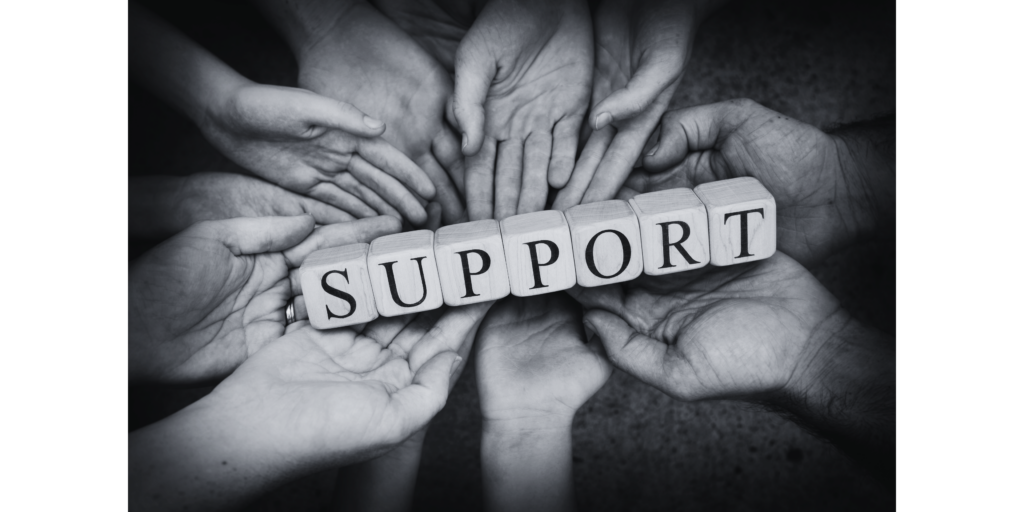
Review the feedback collected and align it with a vision for readiness. Identify improvement priorities based on the gaps identified. Evaluate and align these gaps with other data being monitored, such as socioeconomic status, race, gender, and program participation, including special education, ABCs, and student feedback. Determine the data required to address these gaps, including any new types of data that need to be collected.
What insights did you gain from reviewing the data regarding these gaps? Identify entry points for improving the two priority gaps. Where are the best starting points for addressing these gaps? Is it with a specific team or community-based organization? Are new resources or supports required to address them? Develop an implementation plan for improving these two priority gaps. Due to the complexity of aligning and managing a continuum of supports, this process will initially focus on addressing the top two priority gaps with the expectation of establishing rituals and routines to replicate the process as the entire continuum of supports is brought into alignment with the shared student outcomes. Once these practices are established, this process can be continually used to ensure that the continuum remains aligned with the vision for readiness.
What are the top three actionable steps (that can be completed in less than three months) that you plan to implement to close these priority gaps?
What are the top two key strategies that you plan to implement to ensure these priority gaps are closed?
What is one major initiative (that will take six months or longer to implement) that you will commit to ensuring these top two priority gaps are closed?
